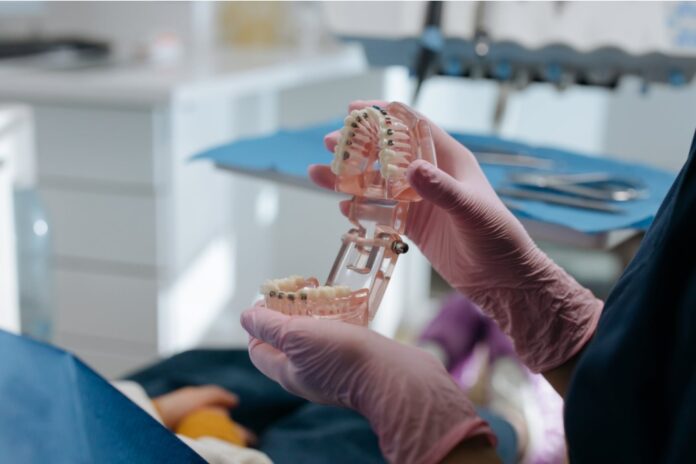Interceptive Orthodontics is a phased sort of orthodontics. Development is used to correct developmental occlusion issues. Staging the treatment can fix immediate problems and future problems. Interceptive orthodontics only means diagnosing and treating malocclusions whenever they’re detected. The American Academy of Orthodontics currently says all kids should have an orthodontic evaluation no later than the age of seven. Before, orthodontic treatment didn’t start until about age 12-14. This is when all of the permanent teeth are already erupted or quite near it. It was also common for the dentist to remove permanent teeth to correct the bite and allow for space for the last period of tooth movement. Modern orthodontists now urge a means to maintain permanent teeth, with phased interceptive orthodontics. In Interceptive Orthodontic Treatment, kids are treated at much earlier ages (usually between age 7-11 years old) to take advantage of continuing expansion. Patients at this age have a tendency to be more receptive to, and compliant with therapy.
Parents and patients will need to understand that when interceptive orthodontics is performed there’s usually more than 1 period of treatment. Phase two will start when all of the permanent teeth are set up. Going through phases allows for the next stage to be shorter in length, since the significant corrections occurred from the Interceptive Orthodontics phase. Sometimes interceptive orthodontics are required to correct problems associated with skeletal development, and at times it’s needed as a direct consequence of oral habits. Some of the most direct results of interceptive treatment are: -Creating room for crowded, erupting teeth -causing facial symmetry by influencing jaw growth -Reducing the risk of trauma to protruding front teeth -Maintaining space for unerupted teeth -Expanding the palate to correctly place back molars -Reducing the need for tooth removal -Reducing treatment period
Orthodontics isn’t just for improving the look of the smile. Orthodontic treatment enhances malocclusions. Based on dentally, malocclusions happen as a result of tooth or jaw misalignment. Malocclusions affect the way you smile, chew, clean your teeth or even how you feel about your smile. Recent studies have revealed that malocclusions left untreated can lead to difficulties as we age. Crowded teeth are far more challenging to brush and floss that may result in tooth decay and periodontal disease. Open Bites can lead to tongue-thrusting habits and speech impediments.
Interceptive orthodontics, also called stage I orthodontics, basically describes any situation where expansion, development, or eruption of teeth is far enough beyond the normal limits that a certain amount of interventional orthodontics is needed to reestablish a normal growth and eruption sequence for a growing child.











